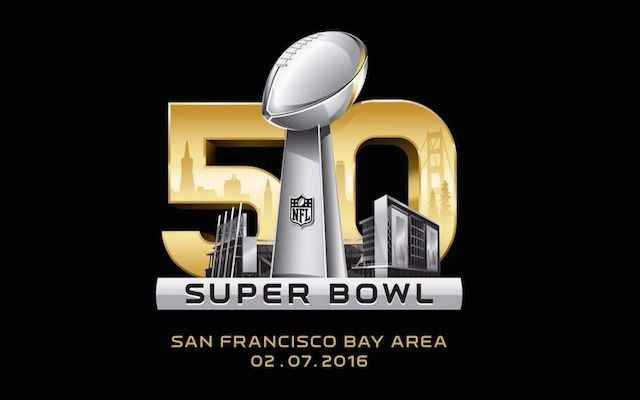Super Bowl 2015: Why Does The NFL Use Roman Numerals? After XLIX, Expect Brief Branding Change

It’s not unusual to consider cosmetic changes as you approach middle age, and the National Football League is no different. This time next year, when Super Bowl 50 kicks off at Levi’s Stadium in Santa Clara, California, branding for the event will appear slightly less gladiatorial. The NFL is forgoing the traditional Roman numerals for Arabic ones.
In other words, the Super Bowl’s big 5-0 will literally be a big 5-0, marking the first time since 1971 America’s most popular sporting event will be marketed without Roman numerals. As it turns out, the NFL’s branding team thought a Super Bowl indicated by a single “L” would appear at best underwhelming and at worst offensive -- “L” is a universal symbol for loser, after all.
But don’t expect a permanent change. The Super Bowl’s temporary rebranding was announced during the summer and confirmed Monday by Brian McCarthy, an NFL spokesman, who said the league is still planning to revive the Roman numerals for Super Bowl LI, which is to take place in 2017 at NRG Stadium in Houston. The awkwardness of a lone “L” is a self-correcting problem.

So why use Roman numerals at all? Although many grand theories have persisted over the years -- the numerals are often believed to be a nod to ancient Roman gladiator contests -- the reality is somewhat more prosaic. The late Pete Rozelle, the former NFL commissioner dubbed the “Father of Modern-Day Football” by some, said the use of Roman numerals was a practical matter. Because the Super Bowl is held in a different calendar year than most of the regular NFL season, there were disagreements among historians and fans as to how to classify the big game. (For instance, the first Super Bowl was held in January 1967, but the season itself took place in 1966.) League officials ultimately decided that a giving each game a single number would clear up the confusion.
“That’s why we started using Roman numerals,” Rozelle told the Los Angeles Times in 1996, just a few months before his death. “It’s not an affectation, as some charge. It’s for clarification. When you say Super Bowl I, it helps you remember it as a 1967 game for the 1966 championship.”
But as far back as the mid-2000s, the NFL knew it had an imminent branding problem on its hands for Super Bowl 50. Jaime Weston, the league’s chief branding official, explained to ESPN last year that the issue first became apparent with the logo for Super Bowl XL, which took place in 2006. That was the first time league officials saw the unsightly “L” in the flesh. “And, at that moment, that’s when we started to wonder: What will happen when we get to 50?” Weston told the network.
So don’t be surprised when you see the big 5-0 next year. It’s a makeover almost a decade in the making, but like most midlife crises, it won’t last long.
Super Bowl XLIX will take place on Feb. 1 between the New England Patriots and the Seattle Seahawks at the University of Phoenix Stadium in Glendale, Arizona.
Christopher Zara is a senior writer who covers media and culture. Got a news tip? Email me here. Follow me on Twitter @christopherzara.
© Copyright IBTimes 2024. All rights reserved.






















